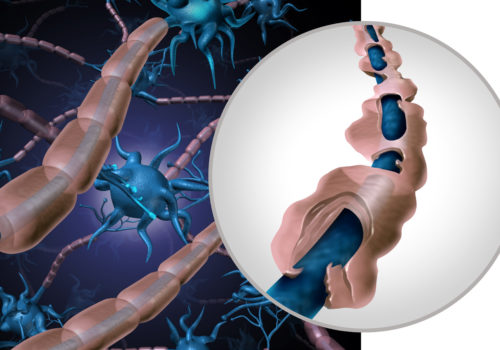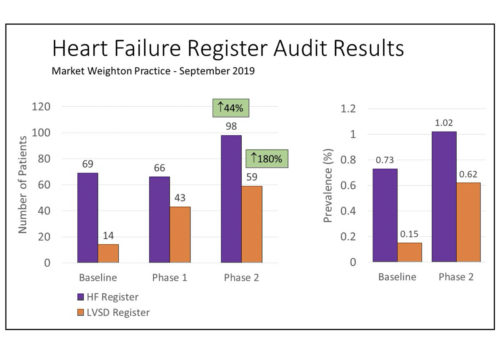Catheter and surgical ablation of cardiac arrhythmias have evolved rapidly over the last 30 years. Catheter ablation of ‘simple’ atrial arrhythmias such as supraventricular tachycardias and typical atrial flutter is very successful and low-risk. Catheter ablation of atrial fibrillation (AF) is now also successful in restoring sinus rhythm for the majority of patients. The place of invasive treatment for ventricular arrhythmias in various contexts is also evolving.
Following implementation of the Department of Health’s Chapter 8 of the National Service Framework in 2005, there has been expansion of arrhythmia services in the UK. In 2010, the capacity of hospitals to treat these arrhythmias is growing rapidly, and perhaps the main barrier to patient access is the limited awareness among would-be referring physicians of which patients should be referred for such treatments. This review article outlines the ways in which arrhythmias can be treated by catheter and surgical ablation, and provides success and complication rates to help the reader determine when, and for whom, these treatments might be appropriate.























